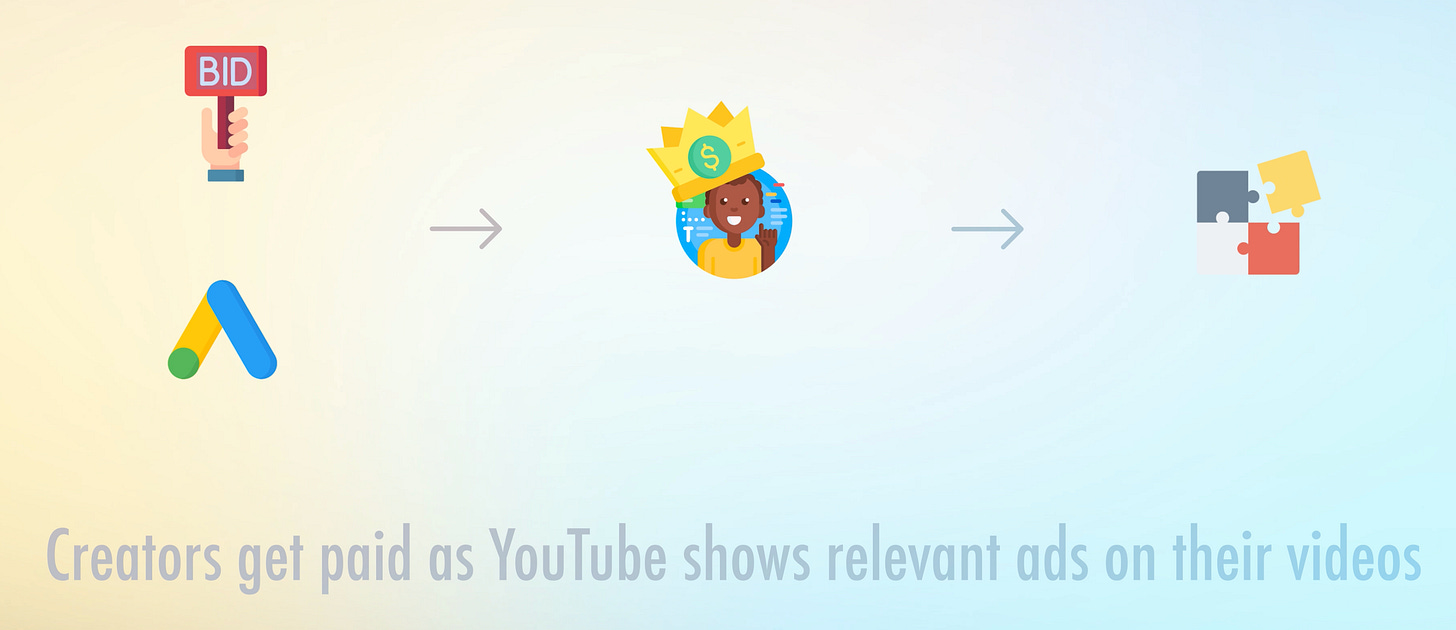YouTube, the most popular video-sharing platform in the world, operates on a complex technical framework that combines various components to smooth content creation, delivery, and interaction. A look at YouTube's technical details reveals a massive system designed to meet the diverse needs of content creators and viewers worldwide. Did you know the platform has over 2.5B monthly active users today?
At its core, YouTube's technical setup revolves around robust storage and content delivery systems. When a user uploads a video, it goes through processes to make it suitable for streaming on different devices and internet connections. This includes publishing various sizes and types of videos using codecs like VP9 and AVC (H.264). The videos are then stored on numerous servers to ensure they are always available, and Content Delivery Networks (CDNs) help deliver content efficiently by storing copies in different places worldwide.
Metadata, which includes titles, descriptions, tags, and thumbnails, is crucial for finding content on YouTube. YouTube's algorithms organize and use this information to improve search results and recommend relevant content to users. The recommendation algorithm, powered by machine learning, studies how users behave, what they like, and what they watch to suggest videos they might enjoy, thus encouraging users to stay engaged.
Monetization and ads are also important parts of YouTube's technical setup. Ad-serving technologies use intelligent algorithms to show ads matching the content and targeting viewers based on their interests and demographics. Advertisers bid for ad spots through platforms like Google Ads, which helps creators earn money while ensuring ads are relevant and not intrusive
YouTube uses technologies like RTMP and HLS for live streaming, with CDNs ensuring the live video reaches viewers worldwide quickly. Features like live chat and Super Chat enhance the experience by allowing viewers to interact during live streams. Security measures protect user data and content, including encryption and authentication methods like OAuth and two-factor authentication (2FA).
YouTube's analytics tools provide creators with insights into how their videos perform, who is watching, and how much money they make. This data-driven approach helps creators improve their content strategy, target the right audience, and maximize monetization options.
Content moderation, done through AI and human reviewers, is vital for enforcing YouTube's rules and policies. This helps keep the platform safe and respectful by detecting and dealing with issues like copyright violations and harmful content.
YouTube's APIs and developer tools allow third-party integration, making it easy for apps, websites, and services to use YouTube's features. These APIs enable tasks like embedding videos, getting data, managing channels, and interacting with content, making YouTube more versatile and accessible.
In conclusion, YouTube's technical setup involves storage, encoding, algorithms, ads, live streaming, analytics, moderation, and APIs, all of which work together to provide a rich, secure, and interactive video-sharing experience for creators and viewers worldwide.
Please like and subscribe for more content like this. Also, comment down below if you have insights to share.




